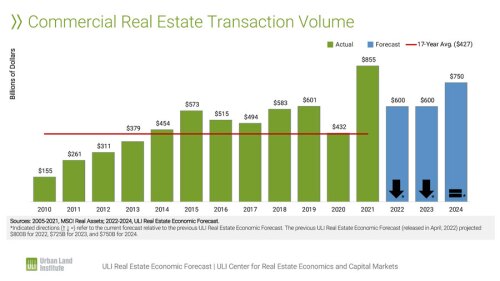The Terwilliger Center Home Attainability Indexis a data-rich resource for understanding the extent to which a housing market is providing a range of choices attainable to the regional workforce. The data can help:
- Identify gaps in home attainability and provide better context to understand residential markets
- Provide context by connecting housing costs to the wages earned by people with specific occupations in a region through an Occupational Analysis (based on data from the National Housing Conference’s Paycheck to Paycheck database)
- Explicitly identify and highlight racial, socioeconomic, and intraregional disparities and inequities
- Enable national and regional comparisons to inform housing production, policy, and financing decisions
Building on the 2020 pilot and 2021 update focused on the COVID-19 pandemic’s implications for housing, the 2022 edition of the indexexplores the attainability implications of shifts in housing demand and regional competitiveness due to demographic changes, pandemic-influenced employer and employee location decisions, and the high cost of both building and finding homes in the largest and most economically vibrant regions.
To inform this analysis, index data were analyzed according to population cohorts and using market-sentiment insights from the Emerging Trends in Real Estate® 2022 report. In addition to a summary report covering these issues (coming soon), this year’s update includes enhanced data tools to help local and regional stakeholders better understand housing market opportunities and needs. The enhanced data tools are:
- An interactive data spreadsheet—new regional profile page, comparison page, Occupational Analysis summary, and complete data for the 112 regions and 18 household/occupation combinations included in the Core Index dataset.
- An online mapping platform with enhanced geospatial visualization of core index data, hosted by PolicyMap.
- A supplemental spreadsheet with index and Occupational Analysis data for more than 300 additional metropolitan regions and 140 additional occupations.
This year’s index summary report is being released during a time of uncertainty. While the most acute phase of the COVID-19 pandemic seems to be in the past, variants of the virus continue to affect millions of households, taking an ongoing health and economic toll. Inflation is roiling the economy and adding financial stress, especially for lower-income households. Interventions to curb inflation—such as raising the Federal Reserve’s baseline interest rates—may take time to produce results and in the short-term may raise the cost of financing for building and buying homes. It is still too soon to know the full impact of people working from home on both employer and employee location decisions and the extent to which changes in location and commuting patterns are permanent. Concerns about the reliability of U.S. Census Bureau data (decennial census, American Community Survey) caused by lower response rates and other pandemic-related challenges further complicate analysis of the current state of the housing market and home attainability.
Amid these challenges, the Terwilliger Center approached the 2022 Home Attainability Index research process with two objectives:
- Separate the signal from the noise, with analysis focusing on issues less subject to short-term fluctuations and where solid data are available
- Consider the potential implications of various market-shift scenarios, using market sentiment insights from ULI’s Emerging Trends in Real Estate® 2022 report
Based on this analysis, the Terwilliger Center identified the following high-level findings:
- Few available housing units of any kind, even modest rental units, exist that are affordable to many low-wage workers in most regions. High-cost burdens leave less residual income. In the current high-inflation environment, many households will face heightened economic insecurity, particularly when these factors are combined with high energy costs, which affect utilities and commuting expenses. Left unchecked, these factors could raise the risk of homelessness for many households
- Long-term housing underproduction is a primary driver of national housing challenges, and current market conditions—economic uncertainty, rising inflation, high costs of materials, high labor costs and limited worker availability—are likely to further restrain the market from “catching up” to meet demand. Anecdotal evidence suggests some builders are already pulling back in response to these pressures
- While the national housing production shortage matters, shortfalls at the regional level are even more important. A lack of attainable housing in established markets is a contributing factor in some employers and households deciding to relocate to lower-cost markets
- While still offering a larger supply of attainable housing, many of these growing regions have not demonstrated that they can produce enough housing of the right type in the right locations (the “dimensions of supply”) to keep these markets—or submarkets therein—from following the trajectory of more established, high-cost markets. Staying ahead of the curve is crucial: regions falling behind can lead to other market distortions that raise the cost of developing new housing and further exacerbate the challenge.


